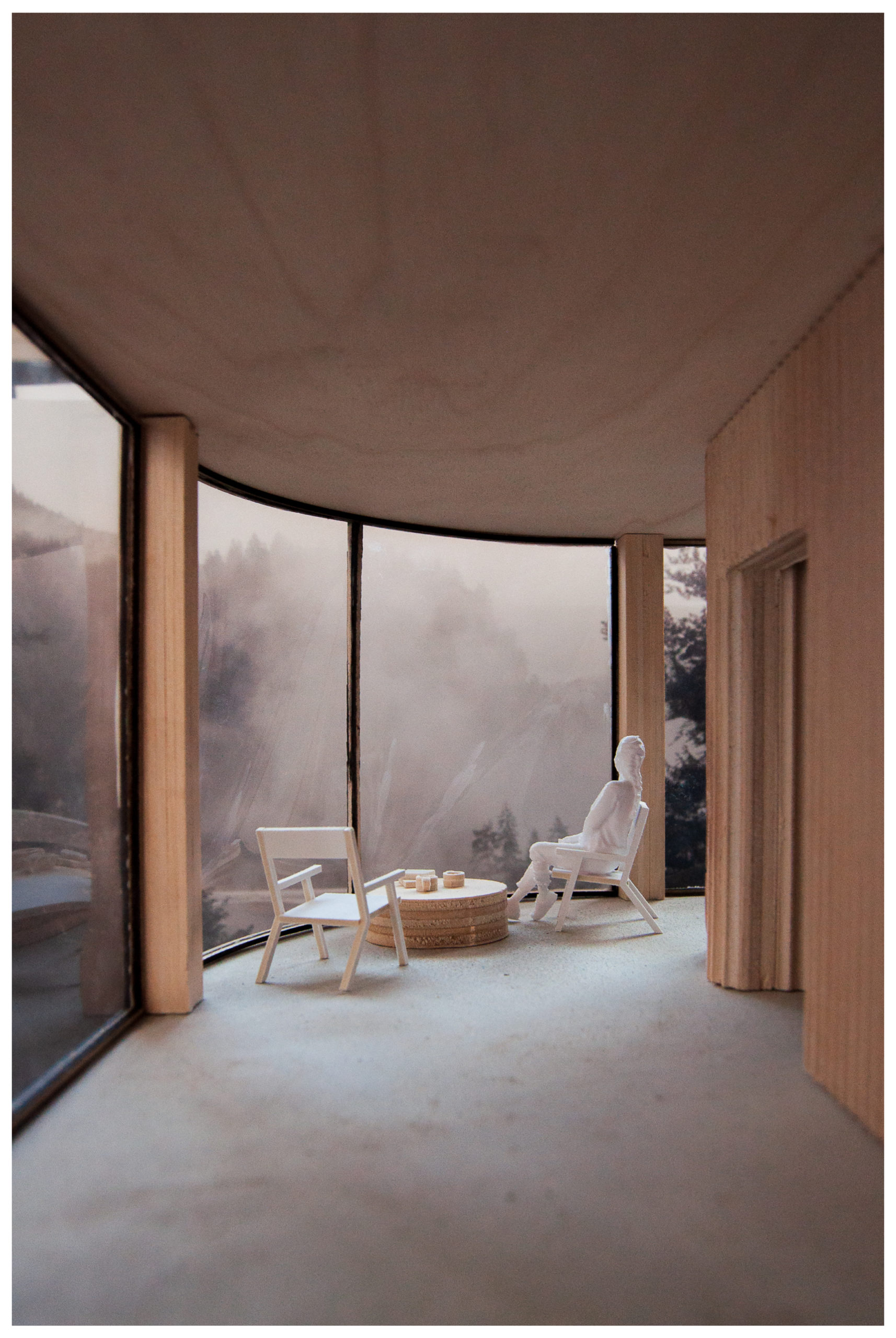
WOODEN IT BE NICE
Challenges and opportunities in modern wooden construction
The Swedish housing stock needs to be enlarged and simultaneously, with Agenda 2030 in mind, emissions need to be limited. Studies show that replacing steel and concrete with wood can reduce construction emissions. When researching opportunities in industrial wooden construction it emerges that an exten-sive housing development with wooden structural systems is a realistic option.
With arguments of using wood in a sustainable housing development, this thesis is made with the purpose of investigating and highlighting inherent architectural qualities in relevant wooden structural systems.
The structural systems identified as relevant to utilize because of industrial production meth-ods are CLT, Light-Frame and Post-Beam. This thesis aims to create an understanding of what challenges and opportunities these researched systems imply from an architectural and structural perspective. Another aim is to provide a basic understanding of the structural function of the systems, which could translate into increased possibilities of developing structural concept designs.
When constructing with wood there is a craft to consider. CNC-milling and production of EWP-products have the potential to become a vital part of contemporary craft. This thesis researches how and where these techniques can be implemented.
Research has been conducted through research for- and through design. To gain empiric experiences and come closer to actual design applications, research through design was mainly conducted through model making.
From the results of this thesis, it emerges that there are many ways to create structurally expressive and genuine architecture based on the unique qualities of wood. This thesis confirms the plausible reality of an extensive housing production in wood and a readjustment towards increased wood construction in the sector. However, questions have been raised concerning the consequences of an increased usage of wood. From recent reports, it becomes clear that with contemporary forestry wood could not be called a sustainable material.
In its strive towards sustainability, the construction sector can not solely settle with mindlessly exchanging construction materials. It needs to, together with related industries, find and readjust to a new sustainable paradigm even if the consequences are inconvenient.
Key Words
- Research on wood
- Frame systems
- Engineered Wooden Products (EWP)
- Glue laminated Timber (Glulam)
- Cross-laminated timber (CLT)
- Crafts-ship